The Catholic Jacobite School at Torry
Extracts from “Education in the Parish of Callander for Four Centuries. Published 1908 by D. Ferguson, Callander Stationers and Printers.
In 1735 much perturbation was caused to the stern Presbyterians of Menteith by Mr Duncan Stuart, a professed Papist, opening a school at Torry for gentlemen’s sons. He was stated to have carried his own children openly and avowedly to the priest at Drummond Castle for baptism.
Further, there was ” one M’Arthur, in the town of Callander, who had absented himself from publick ordinances for some time, and that the neighbourhood had impressions he was perverted to that way.
The minds of others in the town were likewise supposed to be wavering.”
An assiduous elder named Finlay Fergusson took the lead in combating these errons. He told ” that he found many Popish books and pamphlets dispersed among them, and a dayly communication and correspondence betwixt those who were already avowed Papists and a Popish priest in the bounds of a neighbouring parish.”
Mr Fergusson also told that he had been warning the people for some time of these practices, and giving them such books as set forth the errors of the Church of Rome.
The Session was powerless to put a stop to Mr Stuart’s school, and on trial the Presbytery proved likewise.
A conference took place at the Synod, and an appeal was made to his Grace the Duke of Atholl, Sheriff-Principal of the Shire, for his countenance.
But alas! failure was the result.
We proceed to detail the next step. The Lord-Advocate was written to, and a list of the gentlemen’s sons in the school was enclosed. Still Mr Duncan Stuart kept his flag flying at Torry, and ” no surrender” was his watch-word.
From name and nature we infer that he was a Highlander.
Then the Lord-Advocate was waited upon in Edinburgh, and the case fully laid before him. The Lord-Advocate said:-
Ist. That he would write the proprietor of Torry pointing out to him the breach of the law he was committing in harbouring such a person on his estate.
2nd. He would inform the parents who sent their sons to this school. that they should immediately take them home, or be exposed to the penalties of law.
3rd. Should these methods fail, then he would order the prosecution of Mr Stuart himself before the Sheriff Court, for conducting a school without the sanction of the ecclesiastical Courts.
Surely these dire threats might have overawed even the dauntless Stuart, but next year the alarming report was made that Mr Stuart’s school was actually increasing.
But all resources were not yet exhausted, and the matter was laid before the Committee for managing the Royal Bounty.
On July 9th, 1745, with great relief we may be sure, it was announced that Mr Stuart had left the kingdom and had retired to some Popish country.
It was fortunate for the Presbytery that the Popish teacher departed when he did, for a fow months later their meetings were impossible owing to the presence of the Jacobite forces at Doune and Dunblane.
The Presbytery certainly was not composed of rebels, for they indulged in maledictions of extreme bitterness on the heads of the followers of Prince Charles.
Long afterwards they meanly hunted out such of their own congregations as were “out in the ’45 ” not for civil but for ecclesiastical censure.


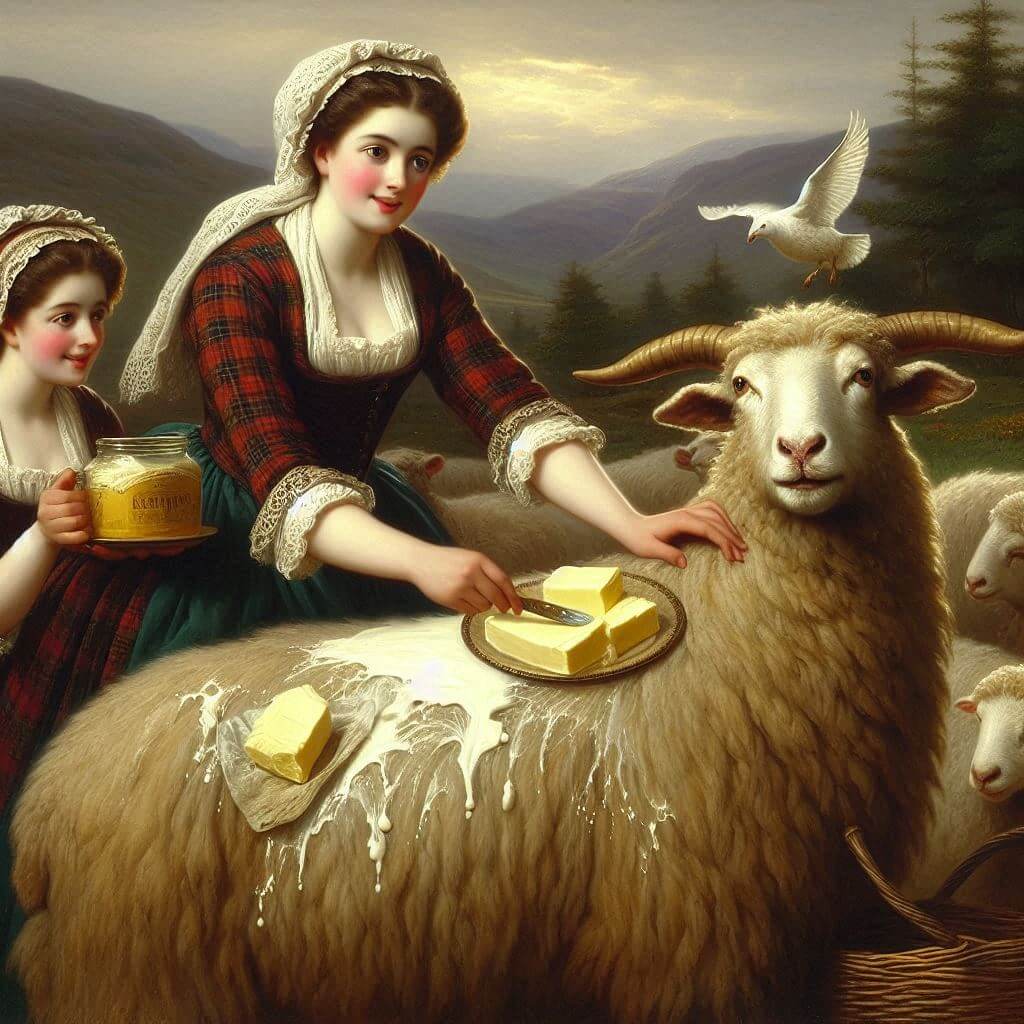


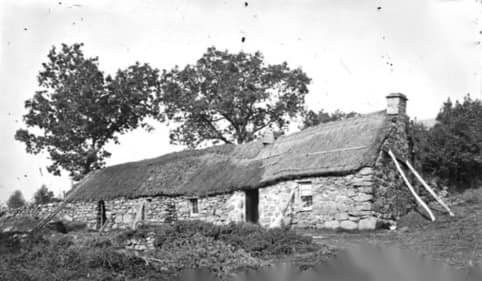
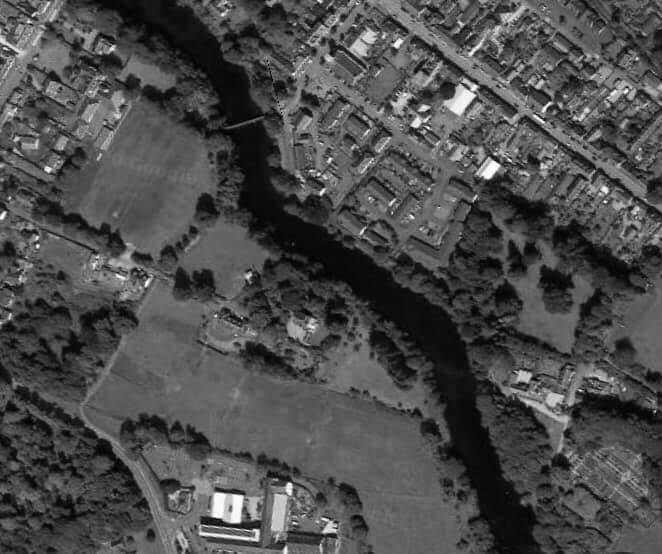
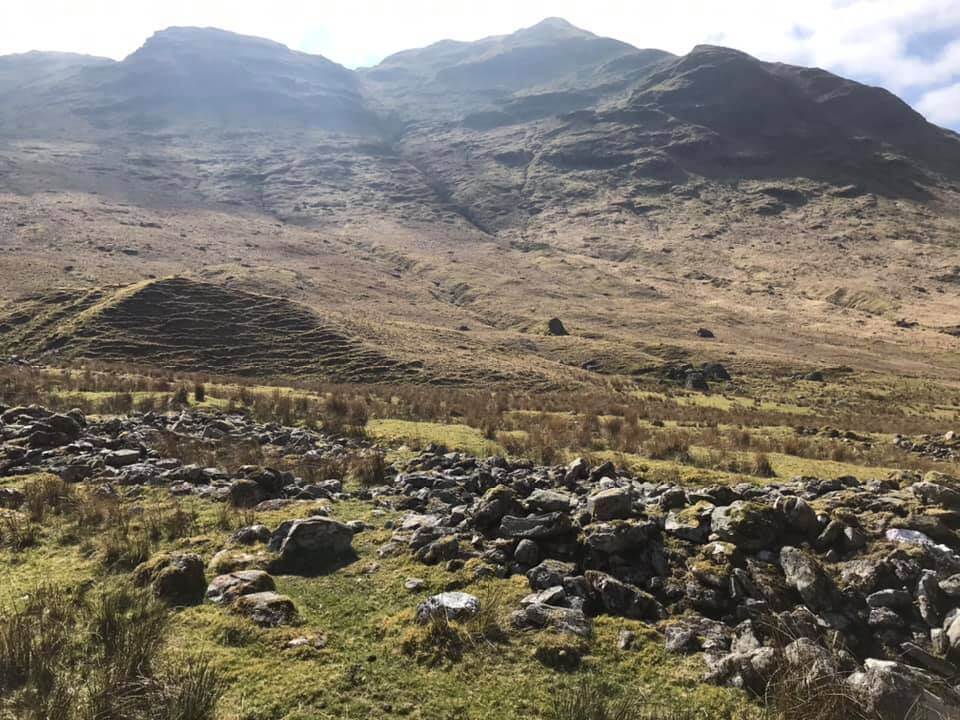
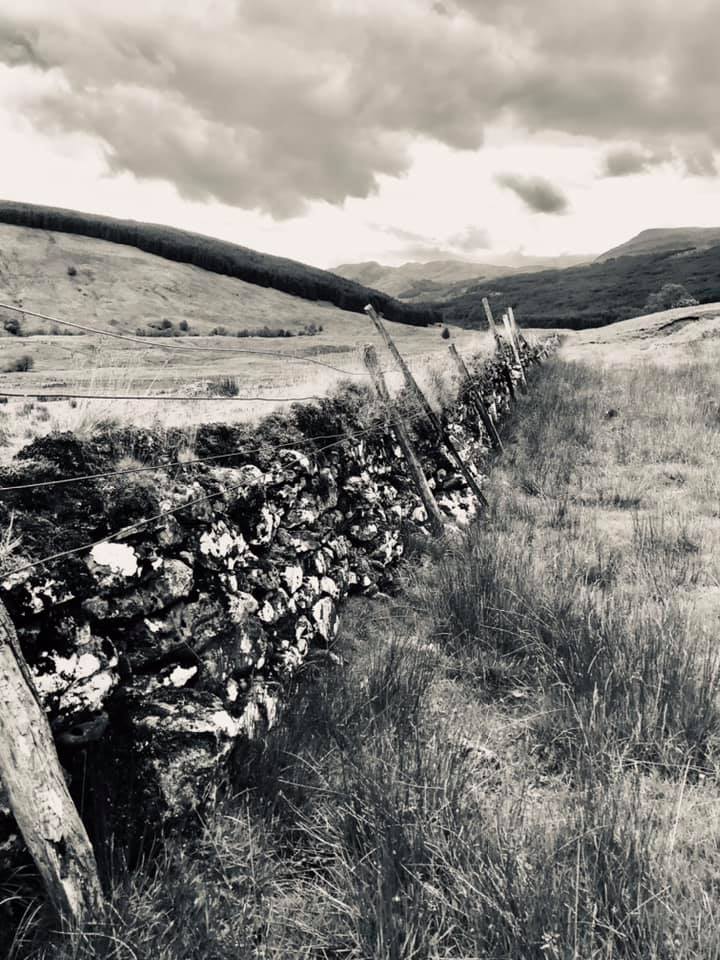
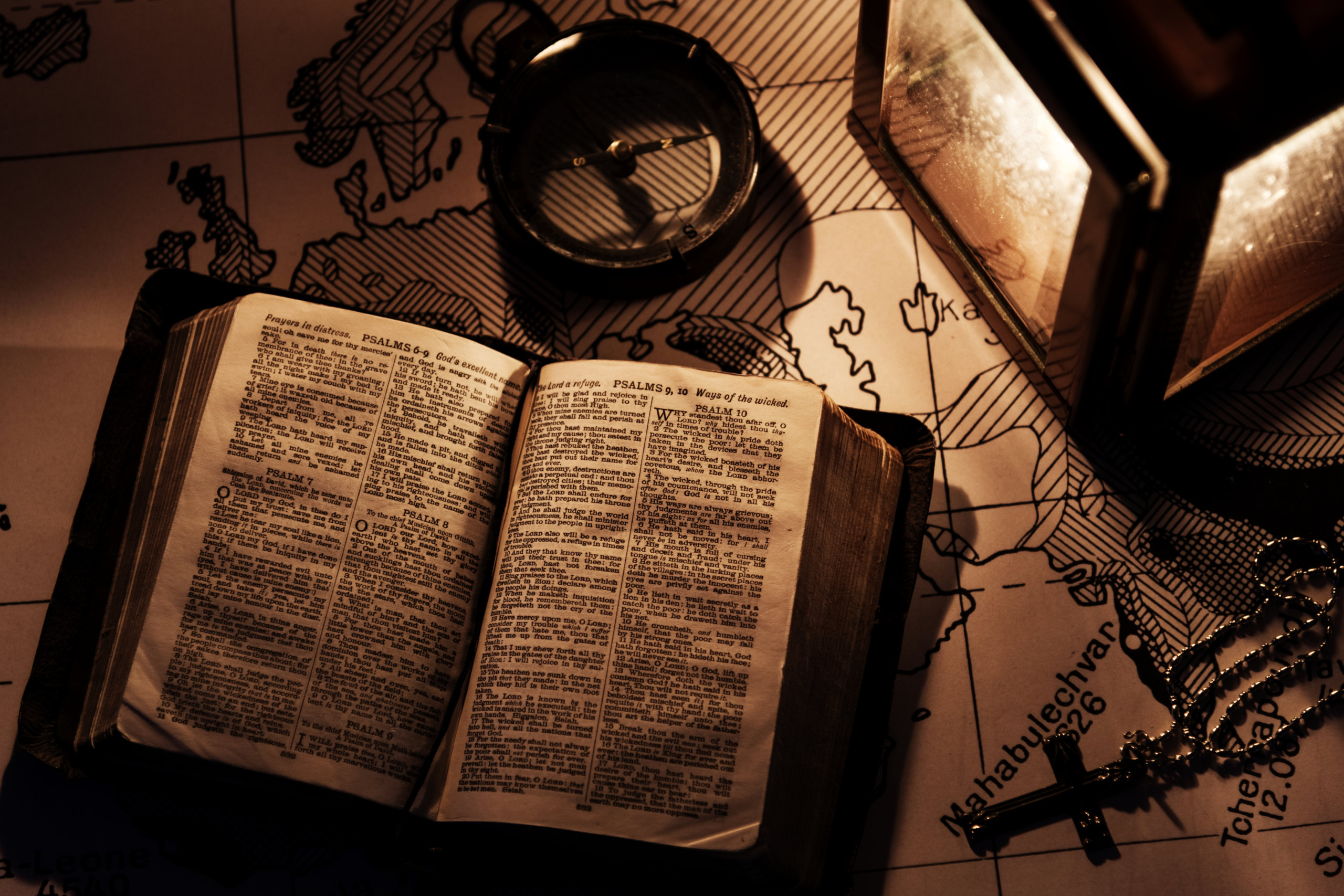
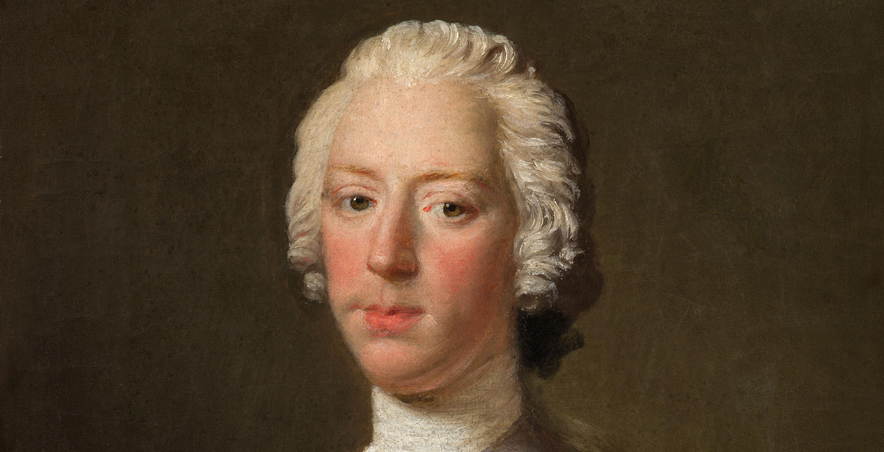
0 Comments